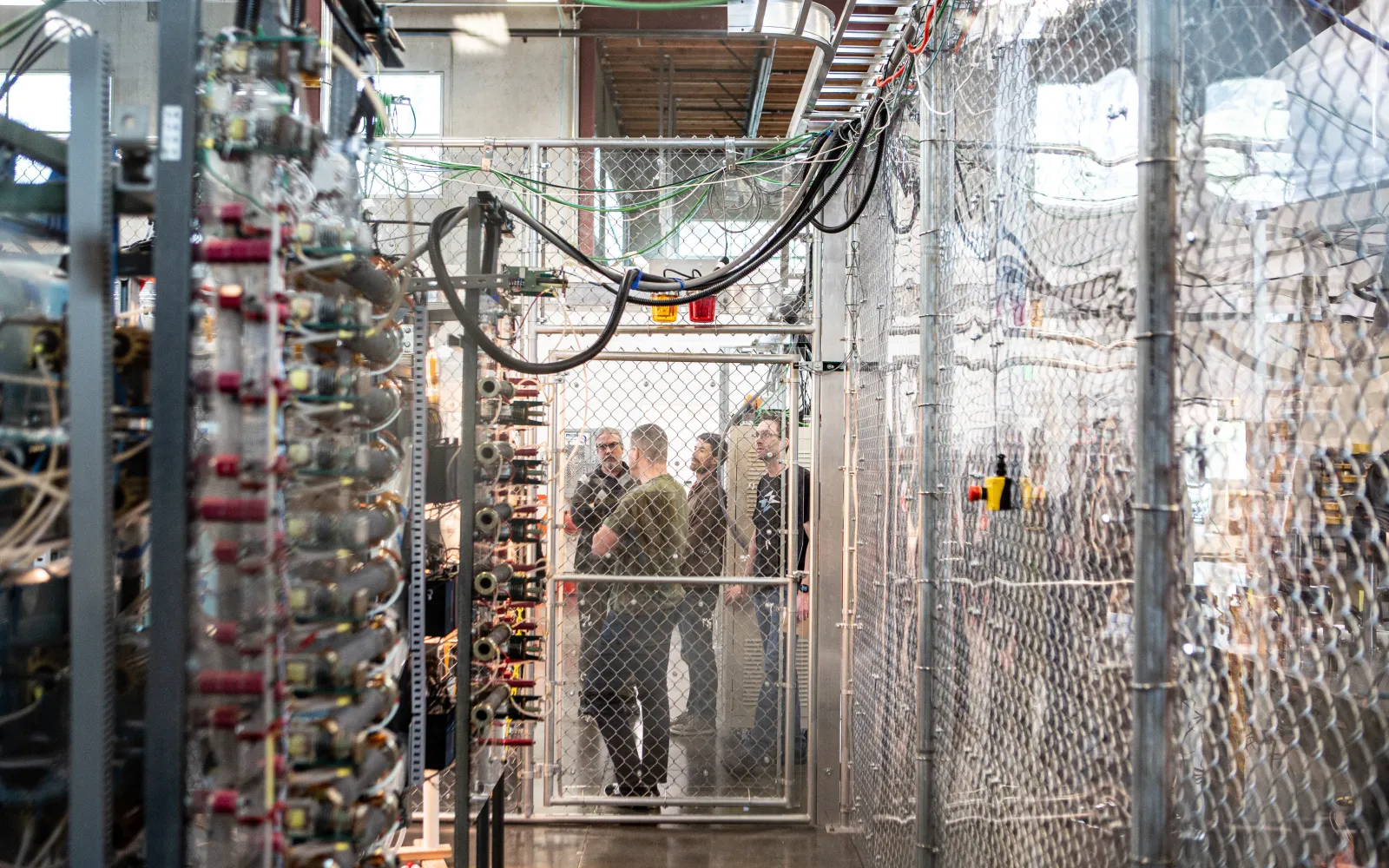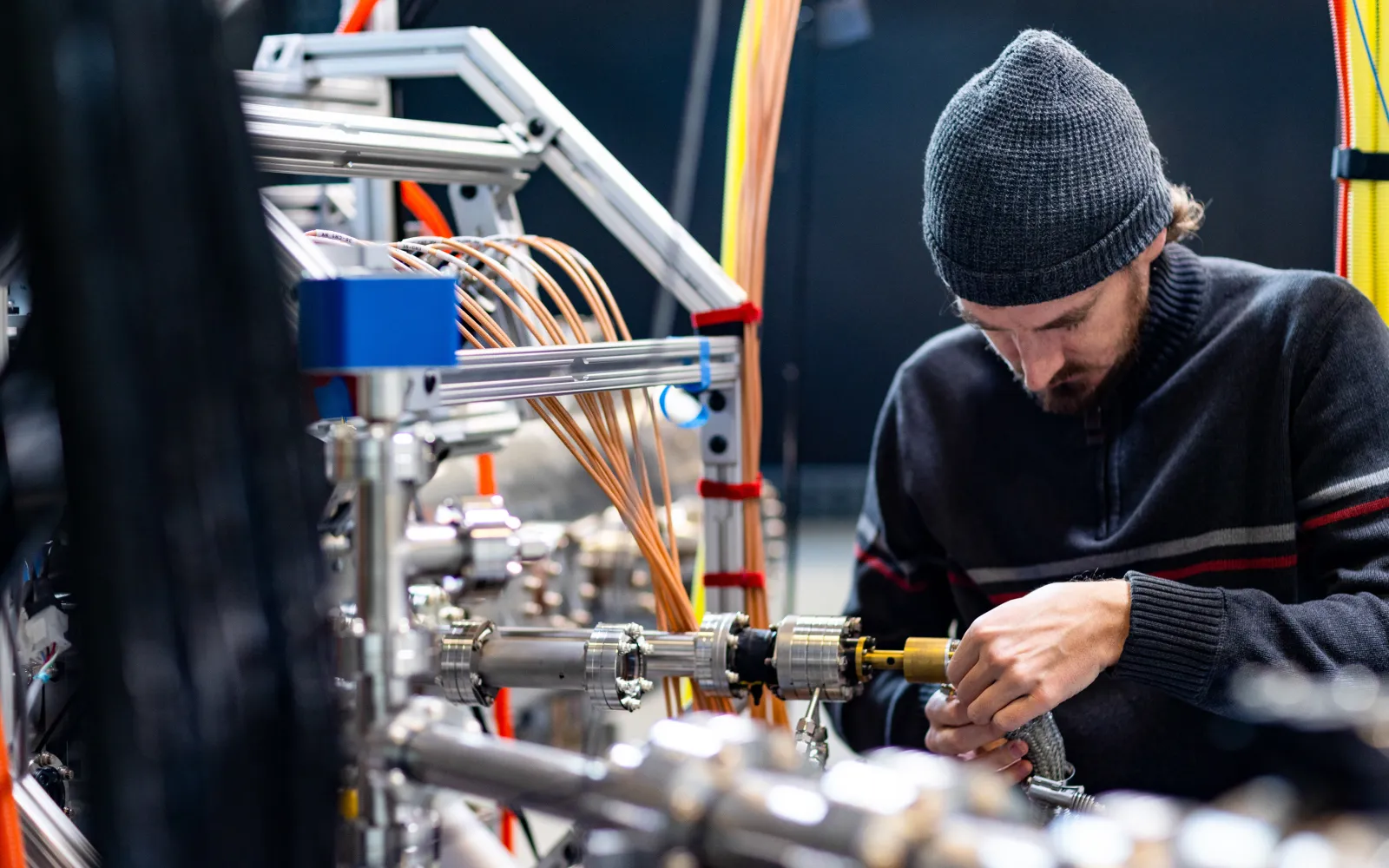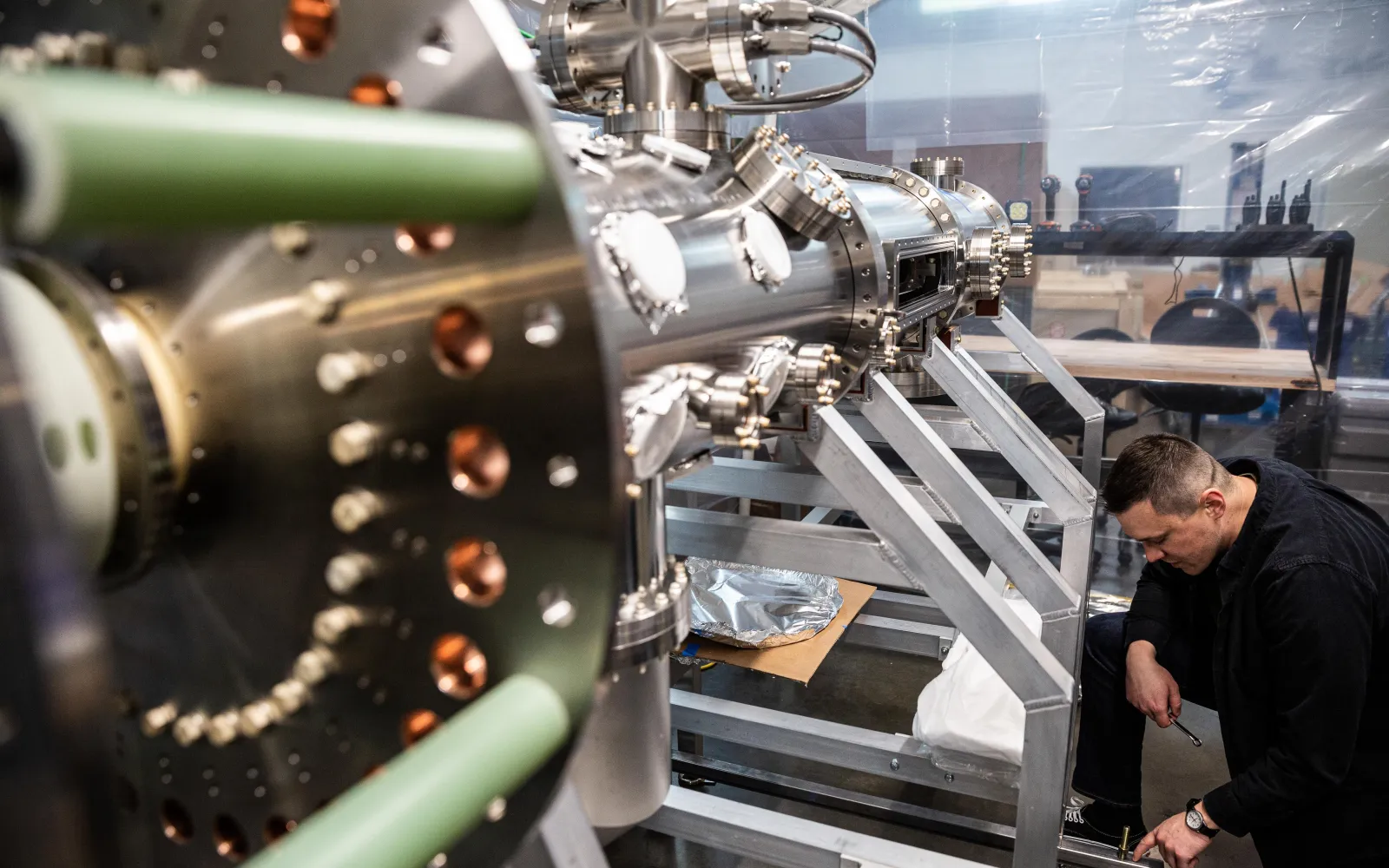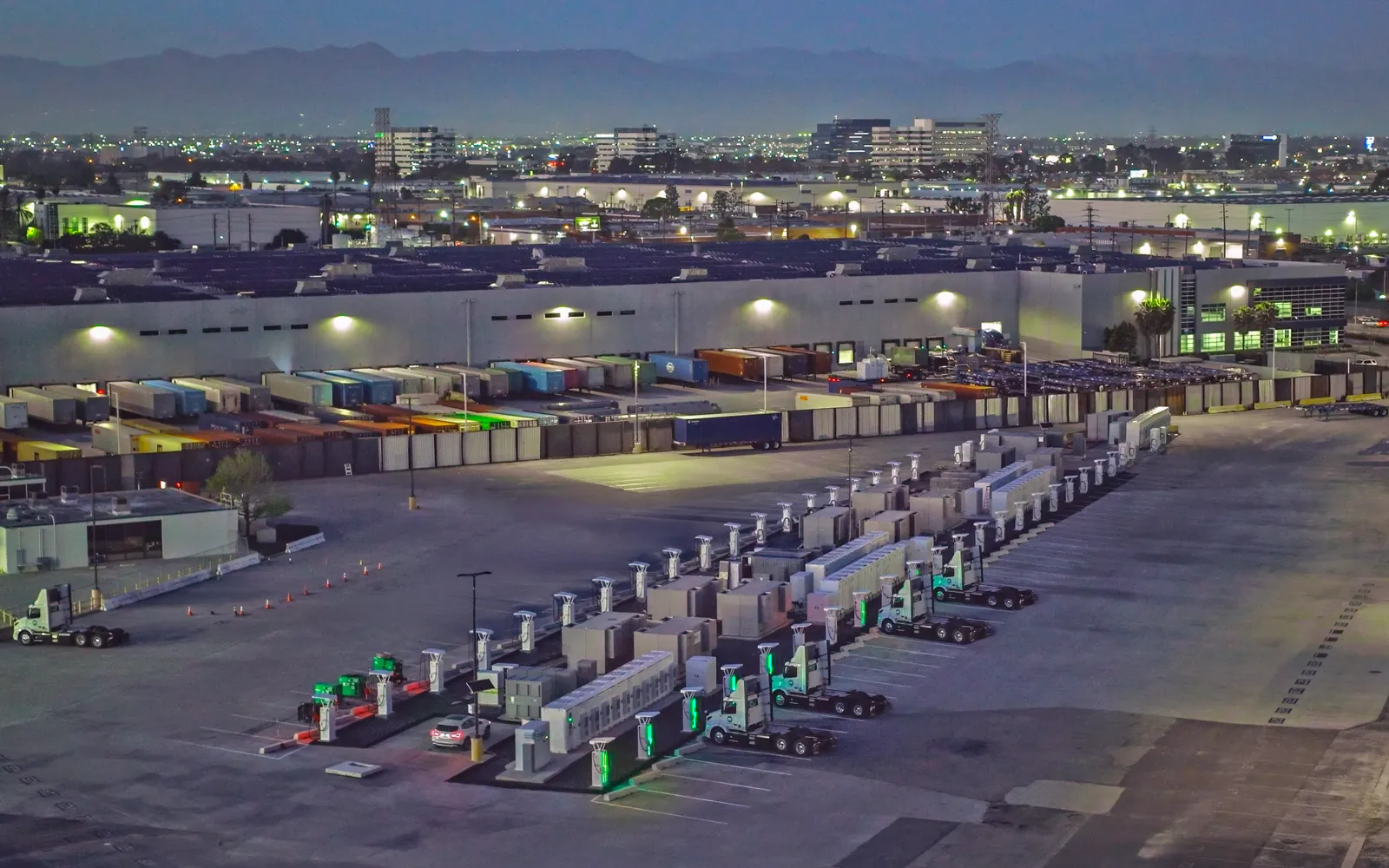

Zap Energy
Fusion power, no magnets required
The knock on fusion is that it’s the clean energy source of the future — 30 years away — and always will be. That’s no longer true.
What’s changed is that several well-capitalized entrepreneurial ventures are now feverishly working to produce net energy from fusion. The race is on for “Q > 1”. (The energy gain factor “Q” is the energy released by nuclear fusion reactions, divided by the energy required to produce them.) All at once, multiple technical approaches are in play. There’s urgency to succeed.
Zap Energy is advancing the Z‑pinch plasma confinement mechanism, which uses pulses of electrical current to create the conditions for fusion. Because this approach avoids the expensive and complex magnets required for magnetic confinement fusion, it promises to scale more quickly and economically. Historically, Z‑pinch plasmas have been notoriously difficult to stabilize. But advances in electronic control and computer modeling (core to DCVC’s Deep Tech investment thesis) have enabled Zap to tame that obstacle.
The company has produced stable plasmas in a series of increasingly powerful machines; its “sheared-flow-stabilized” innovation is working. The next step could be a big one, and DCVC is not alone in its enthusiasm. Zap’s technology has impressed the U.S. Department of Energy (across three ARPA‑E programs) and a world-class slate of co-investors.
The breakthrough has been pioneered by a team on a mission, with purpose and pride in their work. Experts in science, engineering, and product development, who are well-qualified to assess the technical risk, choose Zap to advance the cause of zero-carbon energy. The founders — Benj Conway, Brian Nelson, and Uri Shumlak — have complementary skills, experiences, and perspectives. Focused on the science, Zap is also building a great company.
We don’t pretend that Zap will be the only winner in fusion power. The company is part of a revolution in energy. It’s likely that “Q > 1” will be demonstrated by multiple groups before the end of this decade, and that Zap will be among them. When that happens, the equity value of the leading companies will appreciate considerably. So, yes, we intend to make money, too.
A Big Step Toward Fusion Energy Is Hailed by a Seattle Start-Up — The New York Times
Matt Trevithick is a Partner and Rachel Slaybaugh is a Principal at DCVC





